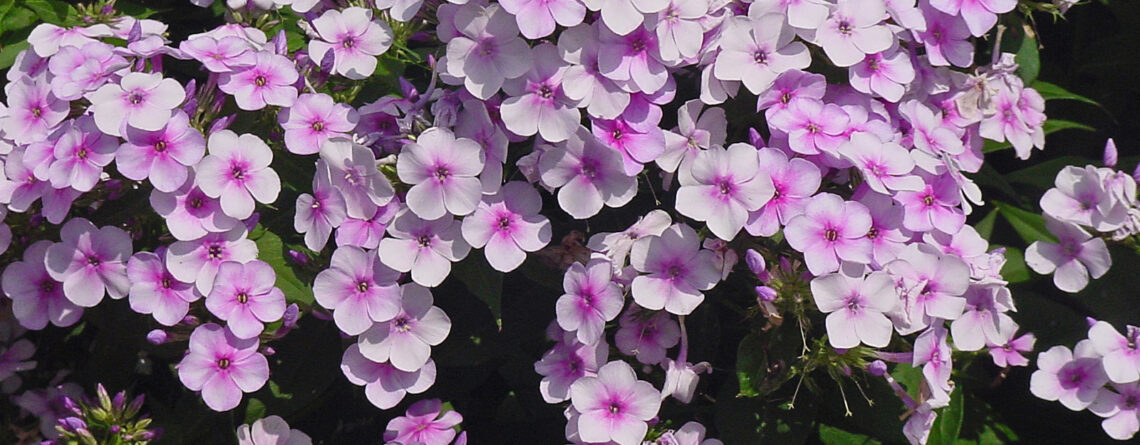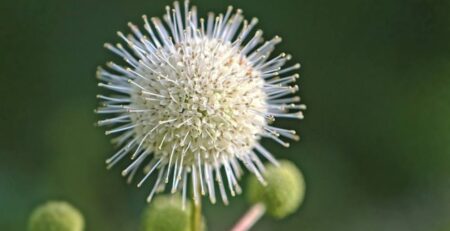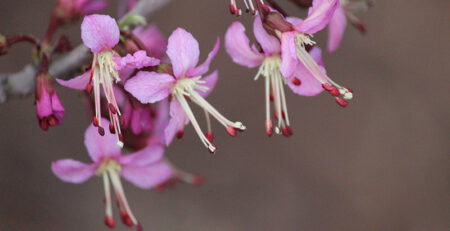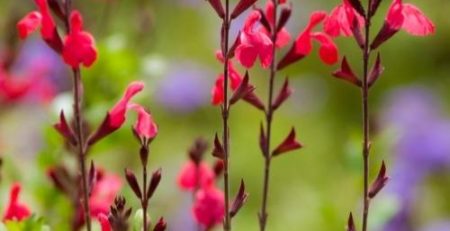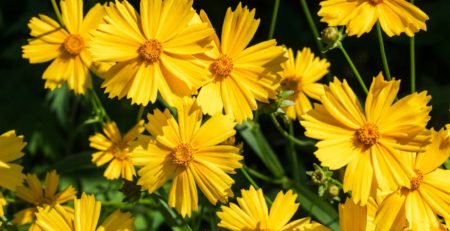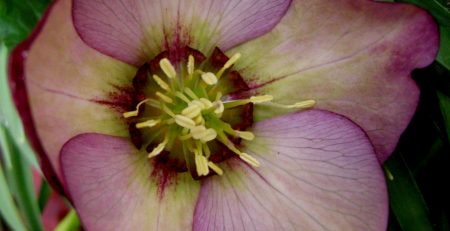Phlox paniculata ‘John Fanick’
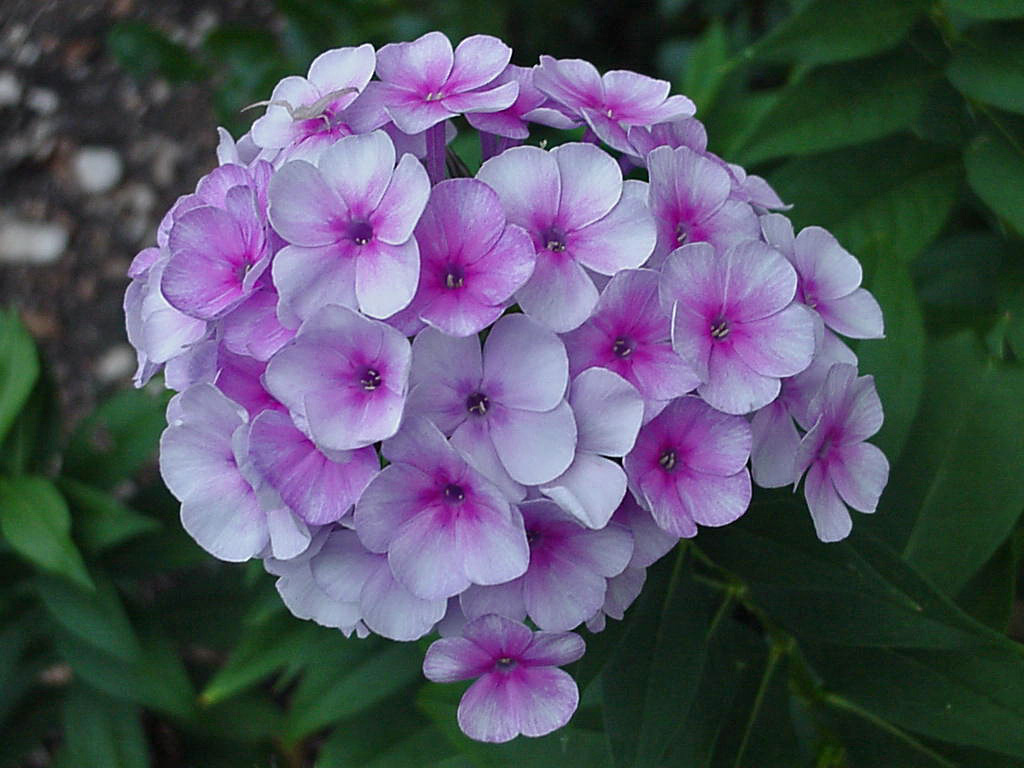
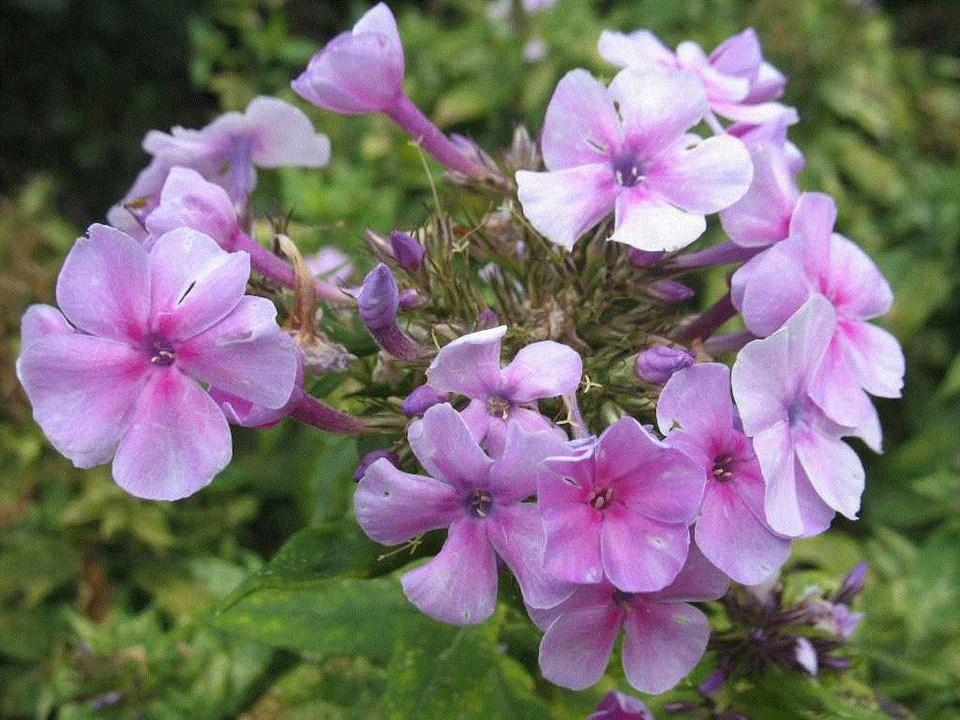

Botanical Name: Phlox paniculata ‘John Fanick’
Common Name: John Fanick Garden Phlox, Summer Phlox, Garden Phlox
Category: Perennial
Family: Polemoniaceae
Lifecycle: Perennial
Lifecycle (Alt): Perennial
USDA Symbol: PHPA7
Hardiness Zone North: 4A
Hardiness Zone South: 8B
Sun Requirement: Full Sun (6+ hours of sun per day)
Sun Requirement (Alt): Partial Shade (2-4 hours of sun per day)
Water Requirement: Medium
Growth Rate: Moderate
Maintenance: Low
Plant Adult Height: 2-3 ft
Plant Adult Spread: 2-3 ft
Plant Spacing: 1-2 ft
Soil Preference: Loam
Soil pH Preference: Slightly Acidic (6.1-6.5 pH)
Propagation: Division, Seed, Stem Cutting
Attracts: Bees, Butterflies, Hummingbirds, Moths
Resists: Diseases
Tolerates: Freeze, Drought, Clay Soil, Dry Soil, Heat
Miscellaneous: Tolerates Poor Soil
Description: The John Fanick Garden Phlox is a delightful cultivar of Phlox paniculata renowned for its striking blooms and robust nature. This variety, named in honor of the Texan horticulturist John Fanick, showcases dense clusters of fragrant flowers that exhibit a unique bi-color palette: soft pink with a vibrant magenta eye, making it a standout addition in any garden. The blooms gracefully adorn the plant throughout the summer months, offering a prolonged display of color. In addition to its aesthetic appeal, the John Fanick Garden Phlox is celebrated for its taller stature and resistance to both powdery mildew and root rot, often common ailments in other phlox varieties. Its resilience makes it a preferred choice for gardeners striving for a low-maintenance yet visually striking floral spectacle. This variety thrives in full sun or partial shade and requires well-drained soil, with consistent moisture to maintain its health and vigor. Regular deadheading can promote further flowering and prevent self-sowing, which is minimal with this cultivar, thus not posing an invasive threat. Moreover, John Fanick Garden Phlox is a magnet for pollinators such as butterflies and hummingbirds, enriching the garden biodiversity. While its exceptional resistance to disease and pests underscores its toughness, gardeners should be vigilant about occasional aphid attacks. These features make John Fanick Garden Phlox an excellent choice for border fronts, mixed garden beds, and as a picturesque component in cottage gardens, where its height and color can be used to create engaging vertical layers and focal points.
Propagation & Planting: To propagate and plant the John Fanick Garden Phlox, start by selecting healthy cuttings in early summer. Cut a 4 to 6-inch segment from the tip of a non-flowering stem, ensuring it includes several sets of leaves. Remove the lower leaves and dip the cut end into rooting hormone to encourage root development. Plant the cutting in a well-draining, moist propagation medium, such as a mix of perlite and peat moss. Cover with a plastic bag to maintain humidity, and place in indirect light. Roots typically develop in 3-4 weeks. Once roots are established, transfer the cutting to a small pot with standard potting mix, continuing to ensure the soil remains consistently moist but not waterlogged. To plant John Fanick Garden Phlox in the garden, select a location that receives full sun to partial shade with fertile, well-draining soil. Space plants about 18 to 24 inches apart to allow for mature growth. Water thoroughly at planting to settle the soil around the roots and maintain even moisture, especially in dry periods. Mulching around the base of the plants can help retain soil moisture and control weeds. Regular deadheading will encourage prolonged blooming.
Plant Care: To ensure the health and beauty of your John Fanick Garden Phlox throughout the year, begin by planting it in a location that receives full sun to partial shade, with well-drained soil enriched with organic matter. Regular watering is important, especially during dry spells, though be sure to allow the soil to dry slightly between waterings to prevent root rot. Promote vigorous growth and blooming by applying a balanced, slow-release fertilizer in early spring and again in midsummer. Deadhead spent flowers to encourage continuous blooming and maintain a neat appearance. In autumn, reduce watering as the plant begins to die back, and apply a layer of mulch to protect the roots from freezing temperatures. Cut back the foliage to ground level after the first frost to reduce the risk of overwintering diseases. Monitor for pests such as spider mites and diseases like powdery mildew, especially during warm, humid periods. Treat infestations early with appropriate fungicides or insecticidal soaps, preferring organic options when possible. Following these care guidelines will help your John Fanick Garden Phlox thrive and bring vibrant color to your garden each year.
Fertilize: For optimal growth and flowering, the John Fanick Garden Phlox should be fertilized with a balanced 10-10-10 (NPK) granular fertilizer in early spring as new growth appears. Reapply the same formulation mid-summer to support its prolonged blooming period. Distribute the fertilizer evenly around the base of the plant, ensuring not to come into direct contact with the stems or leaves, to prevent potential chemical burn. Use one tablespoon of fertilizer per square foot of soil area, slightly incorporating it into the topsoil without disturbing the plant’s root system. Water the plant thoroughly after each application to help dissolve the fertilizer and aid in its uptake by the roots. Regular feeding using the recommended NPK values and intervals will help maintain the health and enhance the vibrant flowering of the John Fanick Garden Phlox.
Prune: Pruning the John Fanick Garden Phlox should primarily be done in early spring, just as new growth begins, to encourage lush, healthy foliage and vibrant blooms. At this time, remove any dead or damaged stems and cut back the remaining stems to just above the previous season’s growth to promote branching. Deadheading, or removing spent flower heads, is recommended throughout the blooming season to extend flowering and improve the plant’s appearance. It is crucial not to prune in late fall or winter, as the plant requires time to establish itself and preserve energy for the next growing season. Regular pruning not only maintains the aesthetic appeal of the John Fanick Garden Phlox but also enhances its overall health and vigor.
Pest & Disease: The John Fanick Garden Phlox is susceptible to a range of pests and diseases. White, powdery mildew often plagues the plant, a fungal infection that manifests as a light dusting across leaves and stems. Regular watering at the base and good air circulation can prevent onset. Use a fungicide spray at the first sight of infection and remove infected leaves promptly. Spider mites and aphids can be a problem; both feed on the undersides of leaves, causing a yellow speckling or distortion. A strong water spray will dislodge them, then introduce beneficial insects, like ladybirds or lacewings, as natural predators. For stubborn invasions use insecticidal soap or neem oil. Nematodes may attack the roots, causing wilting or yellow leaves. Remove and destroy infected plants and avoid replanting phlox in the same area for several years. The symptoms of bacterial and fungal leaf spots, and stem cankers range from small, dark spots on leaves to large, brown areas. Prune out infected branches and apply a systemic product like Bonide Infuse to tackle these problems. Finally, crown rot which reveals itself as yellow, wilted leaves can be combated by improving soil drainage and avoiding overwatering.

